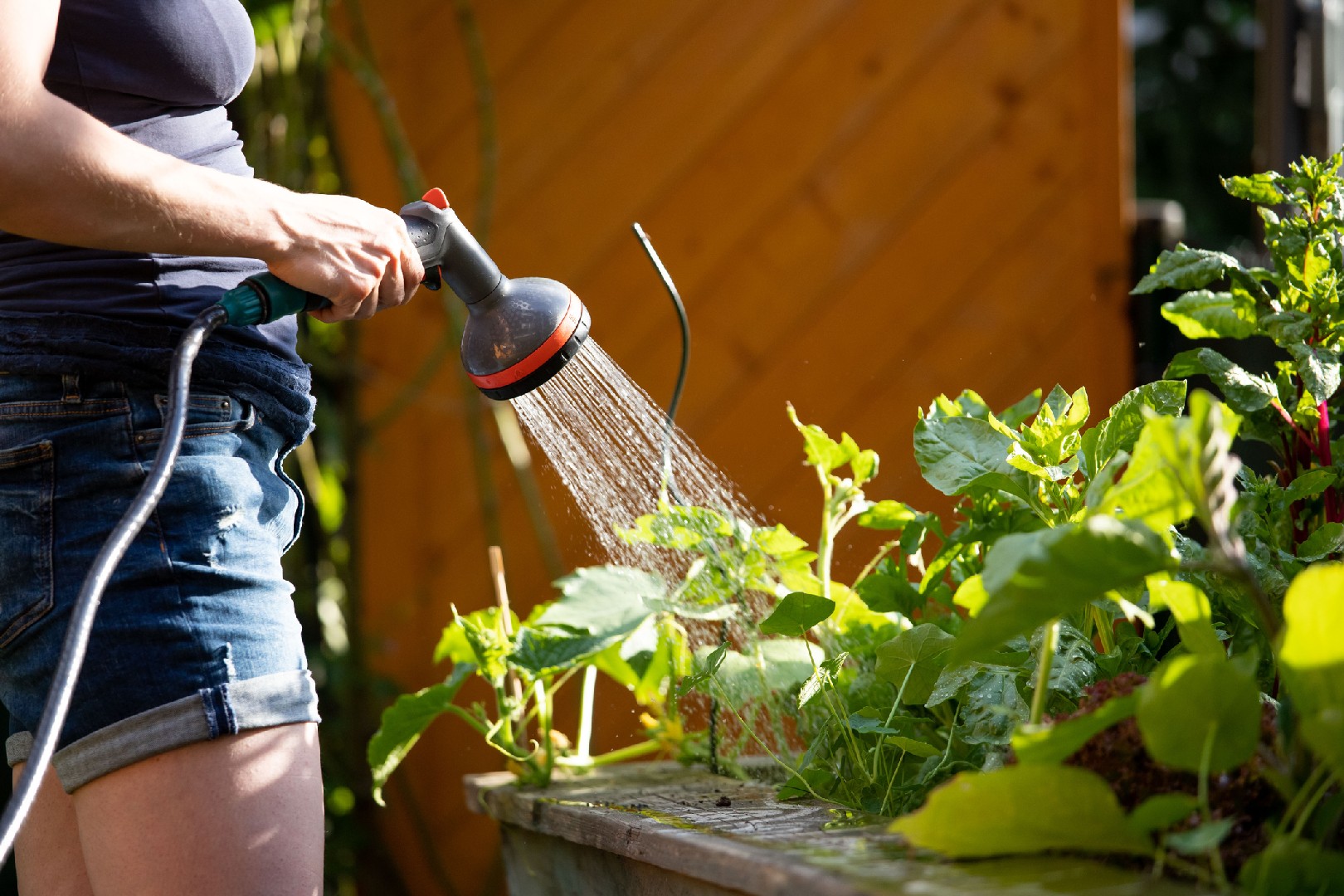![Rectangle]()
Understanding the Importance of Proper Watering
Watering is one of the most crucial aspects of gardening, especially in raised bed gardens. It plays a vital role in the growth and development of plants by ensuring that they have the necessary moisture to carry out essential life processes. In this section, we will explore the significance of proper watering in raised bed gardens and discuss the risks associated with both under-watering and over-watering.
Proper watering is essential for plant growth because it is directly linked to photosynthesis and nutrient transportation. When plants receive an adequate amount of water, they can efficiently perform photosynthesis, the process by which they convert sunlight into energy. This energy is used to produce glucose, which fuels plant growth. Without sufficient water, plants cannot produce enough glucose, leading to stunted growth and poor overall health.
In addition to photosynthesis, water is also crucial for the transportation of nutrients within plants. Nutrients are absorbed by the roots and transported through the stems and leaves to various parts of the plant. Water acts as a carrier, allowing nutrients to dissolve and be transported effectively. Without proper watering, nutrients may not reach all parts of the plant, resulting in nutrient deficiencies and weakened plants.
Both under-watering and over-watering pose risks to raised bed gardens. Under-watering can lead to drought stress, causing plants to wither and die. It restricts their ability to absorb water and nutrients, and makes them more susceptible to diseases and pests. To prevent under-watering, it is important to monitor the moisture level in the soil and water plants regularly, especially during hot and dry periods.
On the other hand, over-watering can be equally damaging to raised bed gardens. It increases the risk of root rot, a condition where the roots of plants become waterlogged and start to decay. Over-watering also creates a favorable environment for fungal growth, such as powdery mildew and damping-off disease. These diseases can spread rapidly and affect the overall health of the garden.
To avoid over-watering in raised bed gardens, it is crucial to know the moisture needs of different plants. Some plants require more water, while others prefer drier conditions. It is important to water the plants at their base, avoiding overhead watering that can promote the growth of fungal diseases. Additionally, using well-draining soil and providing proper aeration can help prevent excess water accumulation and improve overall drainage.
In conclusion, understanding the importance of proper watering in raised bed gardens is essential for successful plant growth. Water plays a critical role in photosynthesis and nutrient transportation, making it vital for plant health. Both under-watering and over-watering pose risks, and it is important to find the right balance to ensure the optimal growth and development of plants in raised bed gardens. By implementing proper watering techniques and monitoring moisture levels, gardeners can maintain healthy and thriving plants.





